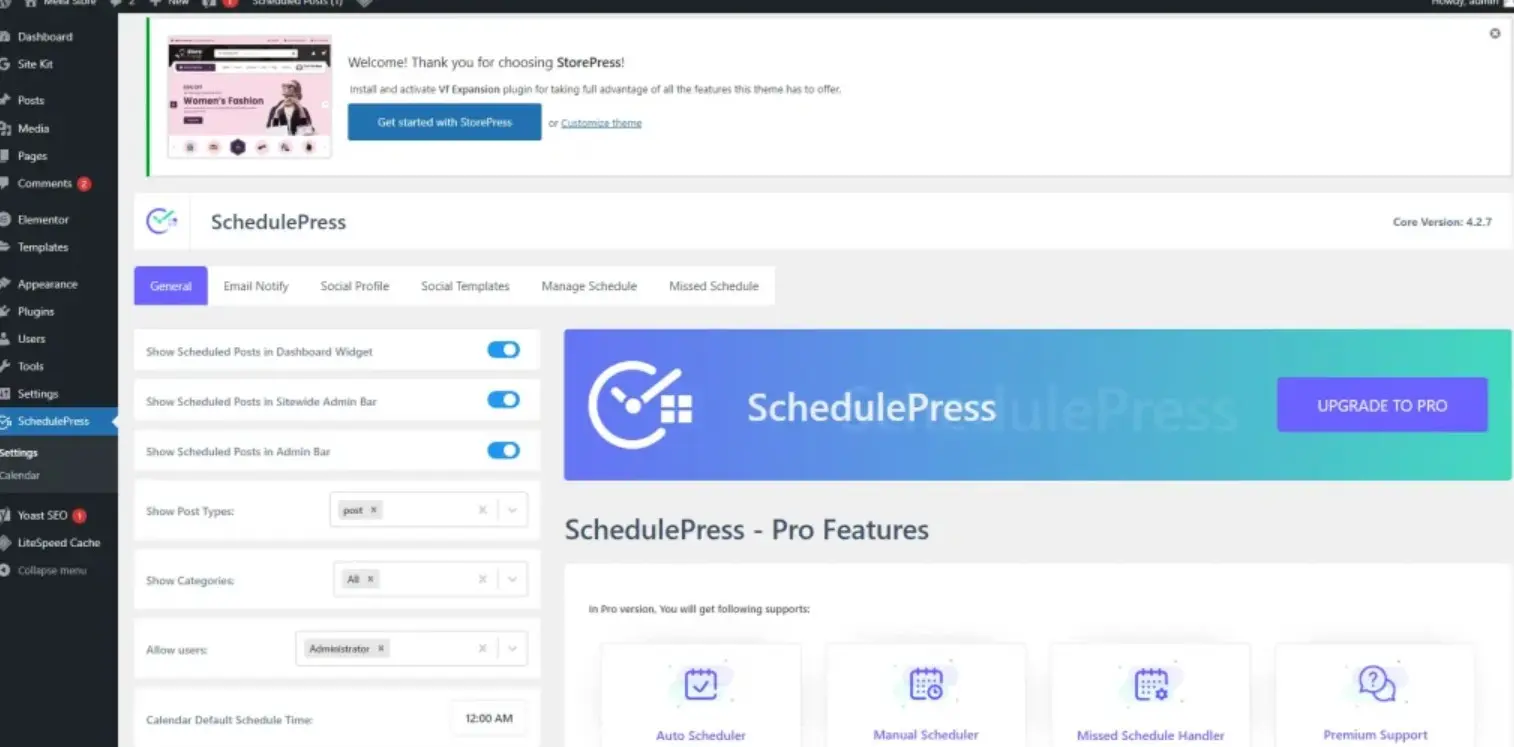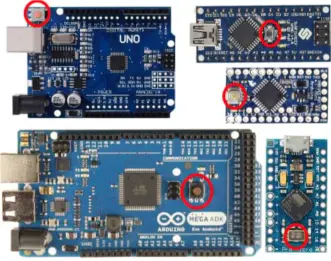The Difference Between ImunifyAV and Imunify360.
Although Linux systems are more secure than Windows, servers still face substantial threats from malware, viruses, trojans, spyware, and other attacks. These threats can cause major damage if they infiltrate business-critical servers. Some of the disruptions that may occur include:
- Theft of sensitive data: Malware can secretly send customer info, passwords, financial data, and other sensitive content back to the attacker.
- Service disruption: Viruses and malicious processes can cause server crashes, corrupt data, or crippled applications leading to denial of service (DoS).
- Backdoor access: Trojans and remote access tools give attackers full control of the server for further exploitation.
- Infrastructure hacking: A compromised server can be used as a starting point to extend attacks on internal network resources and assets.
- Loss of reputation: Malware infections ultimately reflect poorly on an organization’s security posture and can erode customer trust.
- Compliance and legal risks: Failed audits, fines and lawsuits can result from security incidents and breaches involving malware.
With digital business operations relying on servers, we should not tolerate malware attacks. Multiple security solutions must be implemented to protect infrastructure, data, applications, and user experience. One solution to fight malware attacks against servers is ImunifyAV and Imunify 360.
What are ImunifyAV and Imunify360, what are the differences, features, and which one to choose? In this article, we will discuss the differences between ImunifyAV and Imunify360.
With server-dependent digital business operations, we should not tolerate malware attacks. Multiple security solutions must be implemented to protect infrastructure, data, applications, and user experience. One solution to fight malware attacks against servers is ImunifyAV and Imunify 360.
What are ImunifyAV and Imunify360, what are the differences, features, and which one to choose? In this article, we will discuss the differences between ImunifyAV and Imunify360.

What is Imunify?
Imunify is a cybersecurity company founded in 2003 and headquartered in Bratislava, Slovakia. The company offers a range of security products for both enterprises and individuals.
They provide endpoint protection, email security, web gateway security, and PCI DSS, HIPAA, and GDPR compliant solutions to compete with other security vendors like Symantec and McAfee. Imunify has some excellent features such as lower resource usage and ease of cloud-based centralized management across customer endpoints.
Among the several products from Imunify, there are 2 flagship products namely ImunifyAV and Imunify360.
What is ImunifyAV?
ImunifyAV is a lightweight antivirus program designed for Linux web servers. ImunifyAV is focused on detecting and blocking malware, viruses, trojans, and other threats that target Linux systems. Key features of ImunifyAV include:
- Real-time scanning of files, processes, and memory to detect threats.
- Scheduled scans for on-demand virus detection.
- Signature-based detection using a constantly updated database.
- Heuristic analysis to identify new and unrecognized malware strains.
- Integrated with CloudLinux KernelCare for enhanced kernel-level protection.
ImunifyAV is purpose-built to secure Linux web servers and their applications without slowing down performance or system resources. Aims to maximize threat detection while minimizing system impact.
What is Imunify360?
Imunify360 is a complete cybersecurity solution for Linux servers. In addition to malware protection, Imunify360 provides firewall, integrity monitoring, log analysis, intrusion detection and prevention, and other features. Its key components and capabilities include:
- Antivirus powered by ImunifyAV.
- High-performance web application firewall to filter traffic.
- File integrity monitoring for data auditing.
- Log analyzer to identify critical events and threats.
- Intrusion detection system to detect abnormal network activity.
- Rootkit detection for hidden malware analysis.
- Brute force attack protection.
- Centralized management console with monitoring.
Imunify360 aims to provide complete protection for servers and their applications by combining multiple layers of protection. Imunify360 goes beyond basic antivirus to secure systems at both the application and network layers.
Read: 7 Reasons WordPress Websites Down and How to Fix Them
Difference between ImunifyAV and Imunify360
At first glance, ImunifyAV and Imunify360 seem similar because they both offer server security solutions. However, they are actually different. Here are some key differences between ImunifyAV and Imunify360:
| Difference | ImunifyAV | Imunify360 |
|---|---|---|
| Detection Technology | It uses signature-based detection as the main method to detect malware and viruses. As such, ImunifyAV has a smaller signature database given its focus on antivirus only. | It utilizes signatures but also incorporates anomaly-based detection, heuristics, machine learning, and other advanced techniques to detect malware. Its focus on cybersecurity allows it to have a much larger database. |
| Protection Coverage | Only scans files, processes, memory, boot sector and more on the device they are installed on. No network or system protection. | Provides layered protection across the entire server environment, from files, network, memory, applications, configuration, and vulnerabilities. |
| Monitoring and Visibility | Provides basic reporting on scans and detected threats. Logs are stored locally. | Offers real-time centralized monitoring and reporting with details on all security events, policy violations, anomalous activity across servers. |
| Impact to Performance | ImmunifyAV’s real-time scanning may degrade the performance of the device on which the software is running, especially when a larger signature database is enabled. | Imunify360 is optimized for server environments with scan modes that use only a fraction of the resources and other efficiency features to minimize the impact on overall server performance. |
| Management | ImunifyAV is standalone software that is installed on individual devices. There is no centralized management capability. | Imunify360 provides a centralized web console to manage security policies, configuration, monitoring, reporting for multiple servers/sites. |
| License | ImmunifyAV is licensed per device. Multiple licenses are required for each protected device. | Immunify360 is licensed per server allowing protection of multiple websites, apps, devices behind a server at no additional cost. |
In summary, Imunify360 takes a much more complete and scale-focused approach to security than the basic antivirus protection offered by ImunifyAV.
Get Server Protection Using Imunify AV or Imunify360
That’s all for this article on what Imunify is and the differences between ImunifyAV and Imunify360. In a nutshell, ImunifyAV is basic server protection that provides automatic protection and detection against threats such as malware and viruses.
Imunify360 is a comprehensive level of server protection that provides an end-to-end solution to the problem of cyber threats, from detection, prevention, mitigation, and monitoring that is more complete than ImunifyAV.
You can use ImunifyAV for free through popular control panels such as cPanel or Plesk. Especially for cPanel, ImunifyAV is already installed when you install cPanel on your server. There is also a paid option for ImunifyAV+ with some additional features starting at $6 per month.
Imunify360 itself does not provide a free license. There is only a trial option and then you can subscribe to Imunify360 starting at $12 per month.


